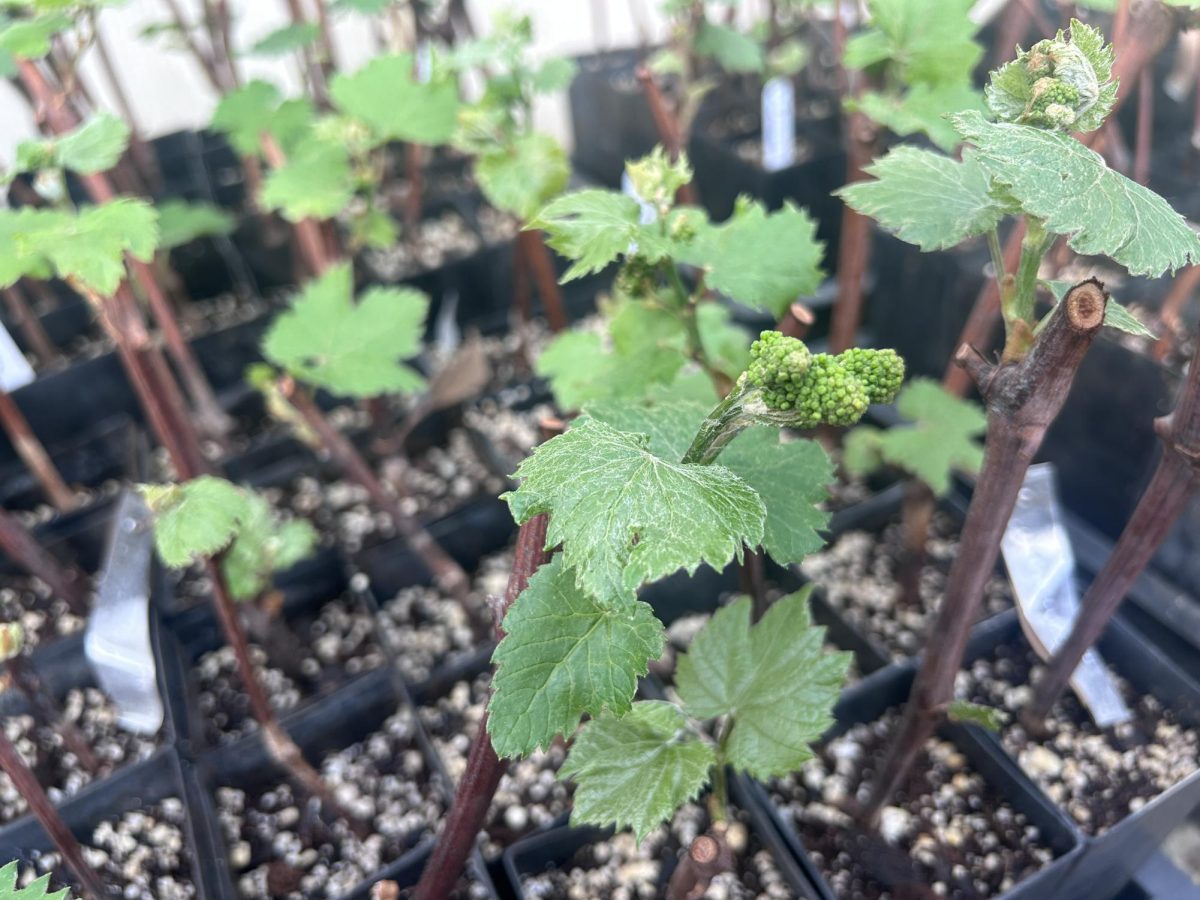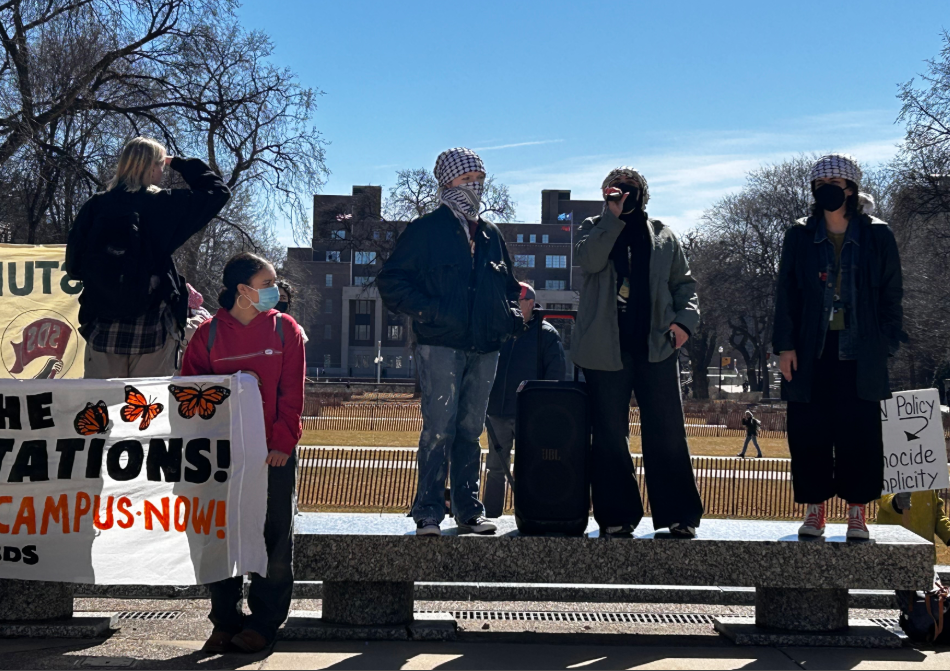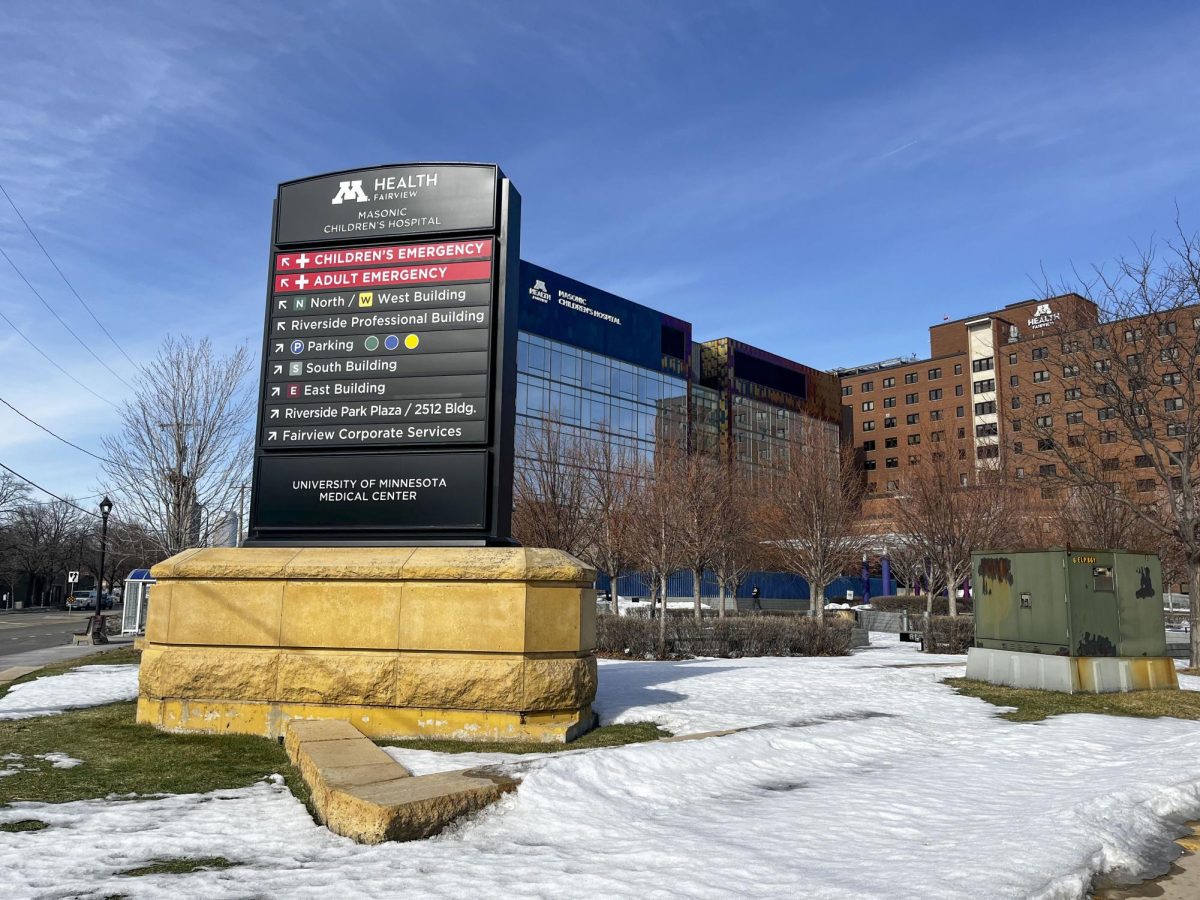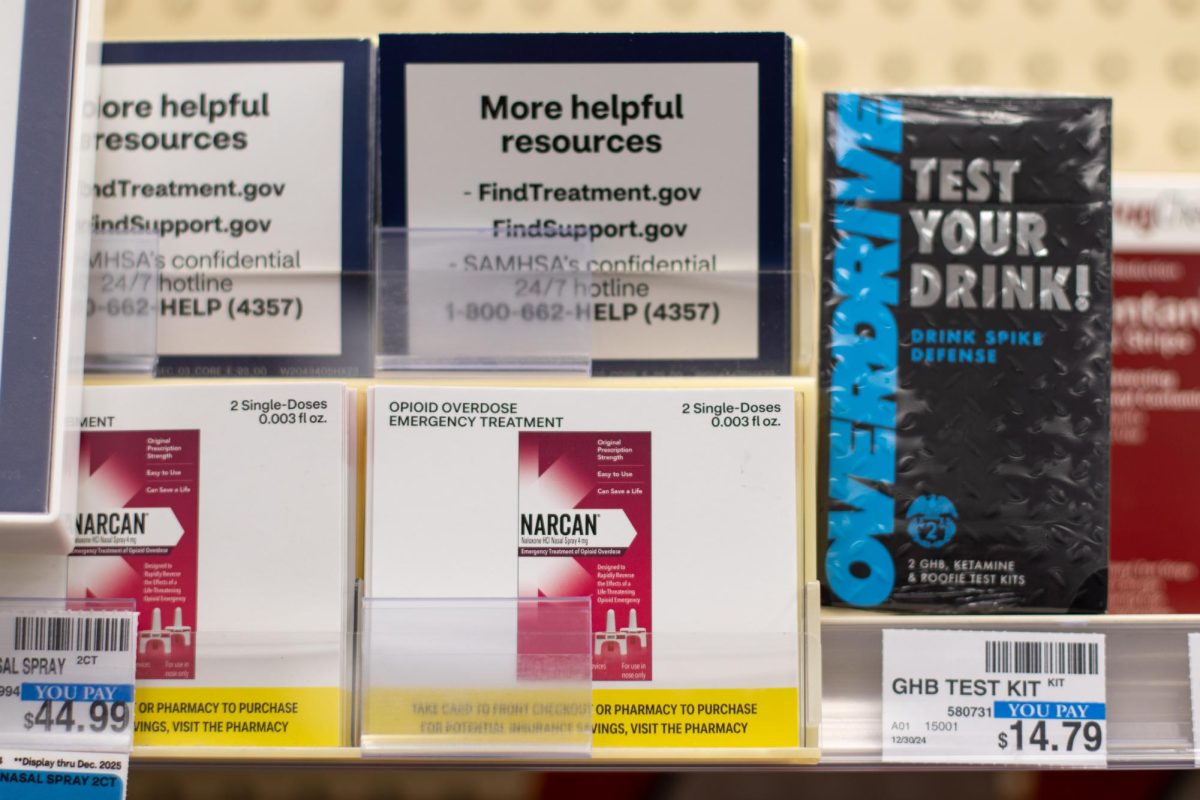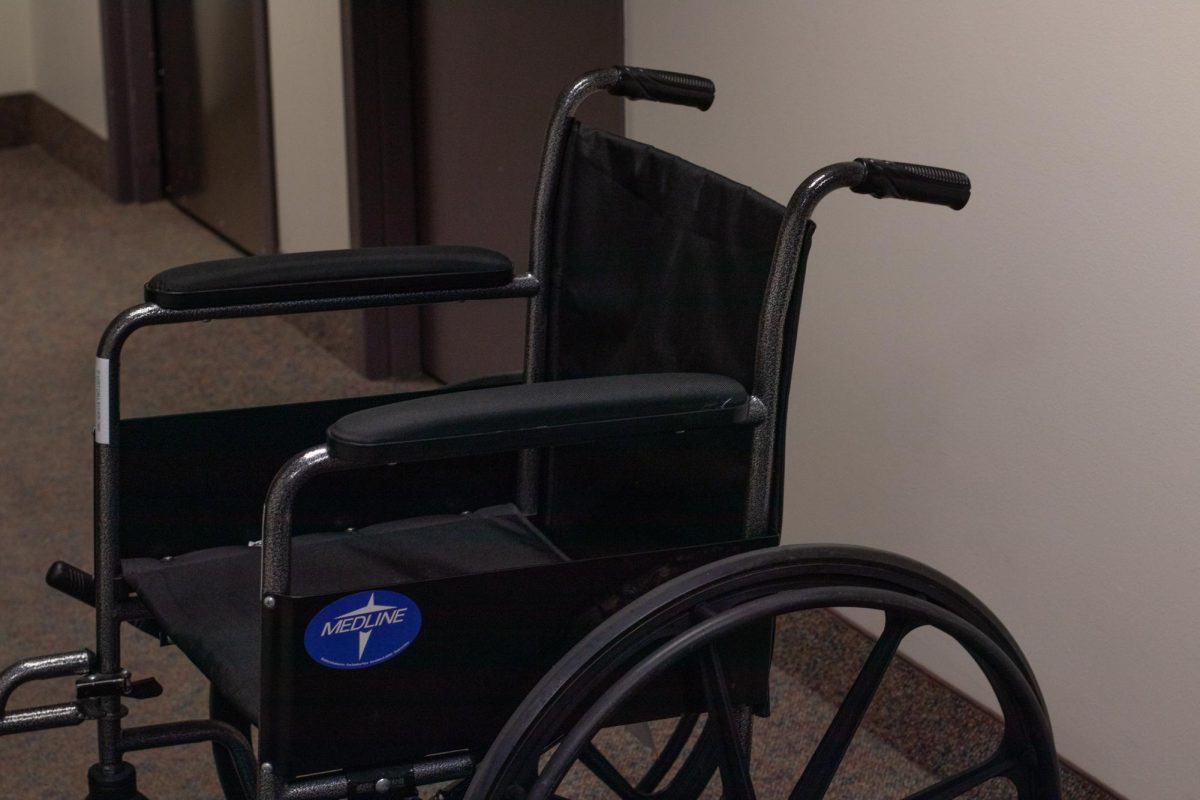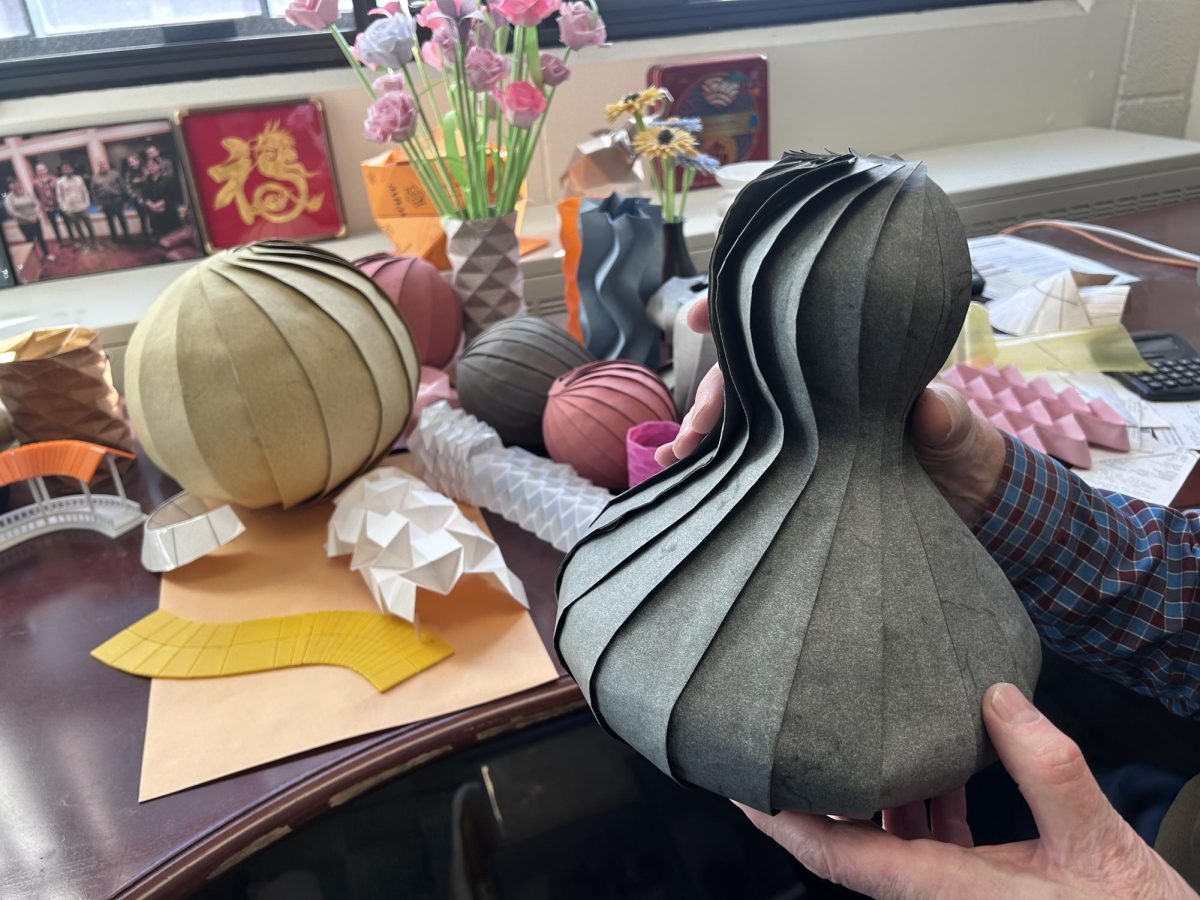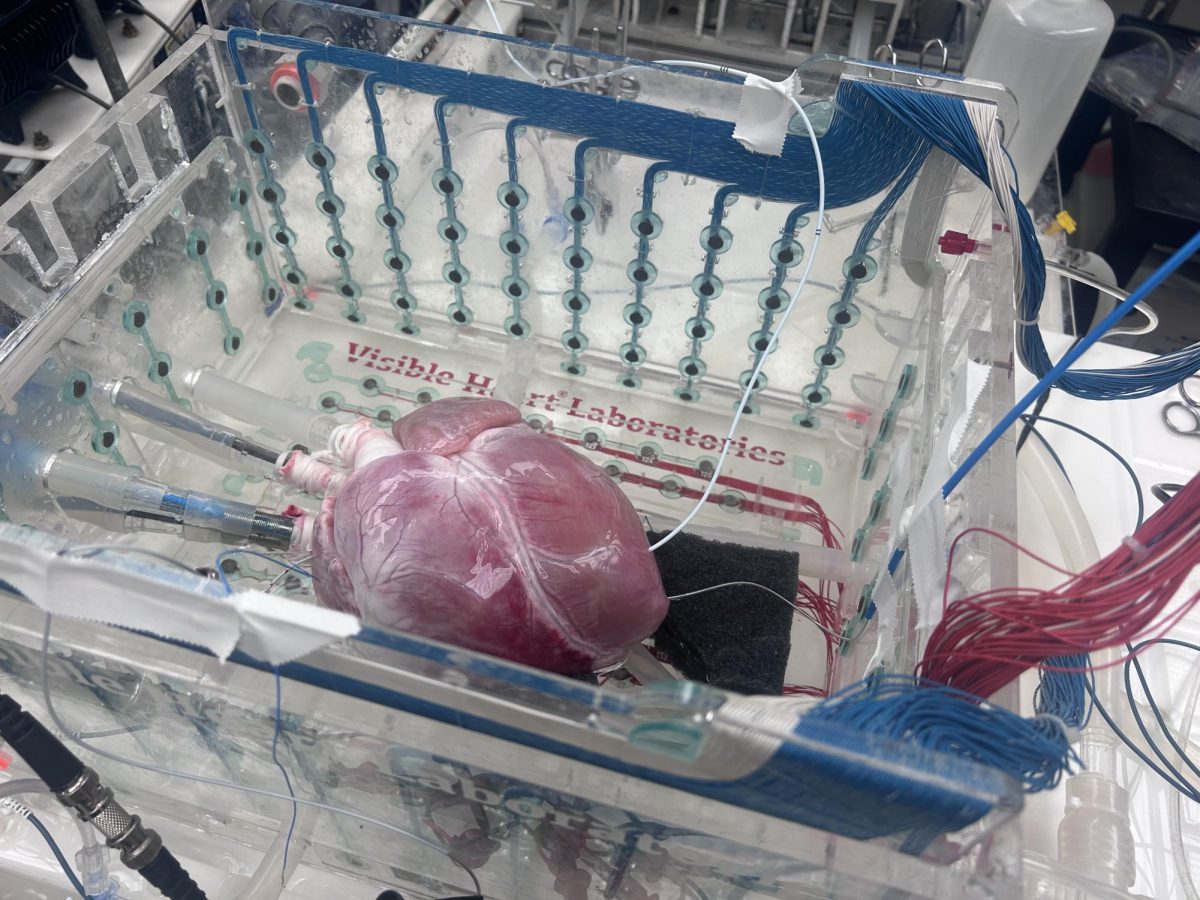The Plant Growth Facilities on the University of Minnesota’s St. Paul campus encompasses greenhouses, classrooms and labs, provides a venue for research, and serves as the primary classroom space for students in the College of Food, Agricultural and Natural Resource Sciences (CFANS).
The University’s horticulture building and greenhouse were built in 1899, making their department one of the first horticulture programs in the United States. Since then, the facilities have expanded with the St. Paul campus now providing over 75,000 square feet of greenhouse space, according to the University’s Department of Horticulture website.
Greenhouse space is available for rent by square foot for University programs, faculty and graduate students, according to Neil Anderson, interim department head and professor of horticultural science. Users pay a fee for access to services such as regular watering, maintenance and utilization of the greenhouse space, Anderson said.
Anderson directs a research program called the Herbaceous Ornamental Breeding Program and teaches three undergraduate horticulture classes. A great advantage for students at the University is to be working and learning alongside researchers in state-of-the-art facilities, Anderson said.
“There’s always an opportunity that comes along, either working in the facilities that we have, or new improvements that come along,” Anderson said. “Innovations provide endless opportunities for plant science research.”
Occasionally, the research Anderson does overlaps with material in one of his classes, which allows his students to see the intersection between innovation and practical application in real time.
“Students really love hands-on things that are relevant to the profession, especially if it’s something that hasn’t been done before, because that element of discovery makes it really exciting,” Anderson said.
Abby Maatz, a first-year student majoring in plant science, said hands-on experience in the lab portion of her plant propagation class has helped her not only familiarize herself with the profession, but also gain skills useful both in and out of the classroom setting.
“I have a lot of plants in my dorm room right now, I’ve had a lot of cuttings accidentally come off of them whether I accidentally bump them or something,” Maatz said. “It’s been really nice to actually learn really good propagation techniques because even though I don’t have perlite, I have water.”
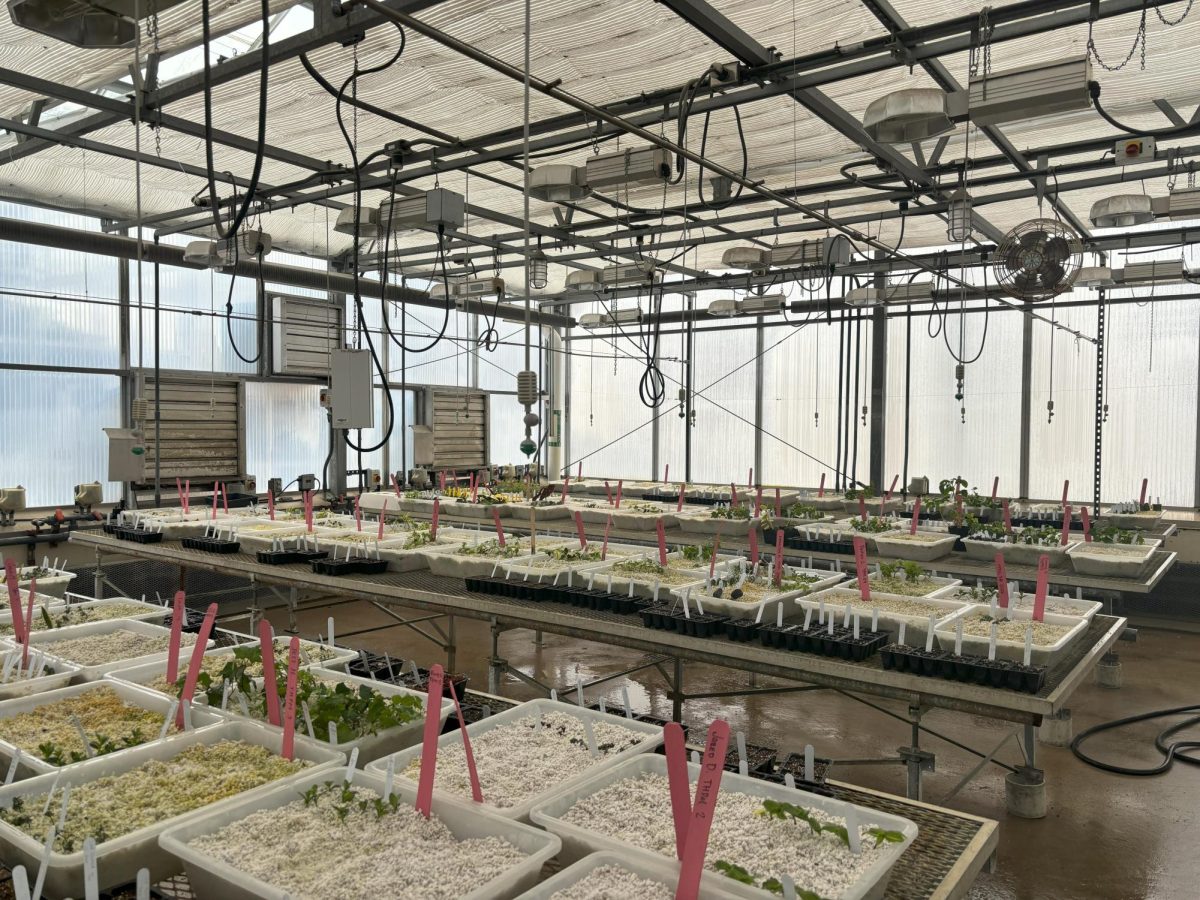
Maatz added that the ability to apply the material learned in the lecture portion of her class to her lab has cultivated her love for the major and solidified her plans for the future.
“My lab, along with my other horticulture class, have helped me figure out what I want to do, and for my career, I’m still unsure obviously, but now I know for sure I want to do something within greenhouse productions or management,” Maatz said.
Classes with a lab component are not the only way undergraduate students can get applied experience in the greenhouses. Leila, a first-year plant science major referenced by her first name for safety reasons, works as a lab technician in the Cereal Disease Laboratory (CDL), which is based in the University’s Plant Growth Facilities.
Coming to the University without having prior experience in research, Leila said she has gained a much deeper understanding of the bigger picture of research from working in the CDL.
“Seeing how [the CDL] interacts with larger research conglomerates in the world versus in the greenhouses is really informative. It helps me understand how research methods are done,” Leila said.
According to Leila, the involved and collaborative environment of the facility has led to learning opportunities that expand far beyond what she is doing in the lab.
“I just like being able to have a professor or a researcher pop in every once in a while and give an explanation on what you’re doing while you’re doing it,” Leila said. “Hands-on learning is like the most helpful thing, and so it’s a really enjoyable way to learn in comparison to intensive classrooms.”
Ben Clasen, one of the Plant Growth Facilities’ managers, said for students, learning how to navigate the workflow of a large-scale greenhouse facility is as important as learning how to operate equipment.
“You go to the garden center and you see a plant on the shelf that you buy,” Clasen said. “Here students get a chance to see where the soil comes from, the container comes from, and the work that goes into putting that plant on the shelf or putting that plant into the field.”
Clasen added new improvements to the facilities are constantly being made, and there are always upgrades on the horizon to ensure the facilities are as environmentally conscious and updated as they can be.
Recent additions to the facilities include automated irrigation systems to 70% of the facility’s bench space, which reduces time and labor efforts, Clasen said. The facilities replaced 60,000 square feet of acrylic roof that was damaged by hail storms, and a portion of the greenhouses received an upgrade in their climate control software last year.
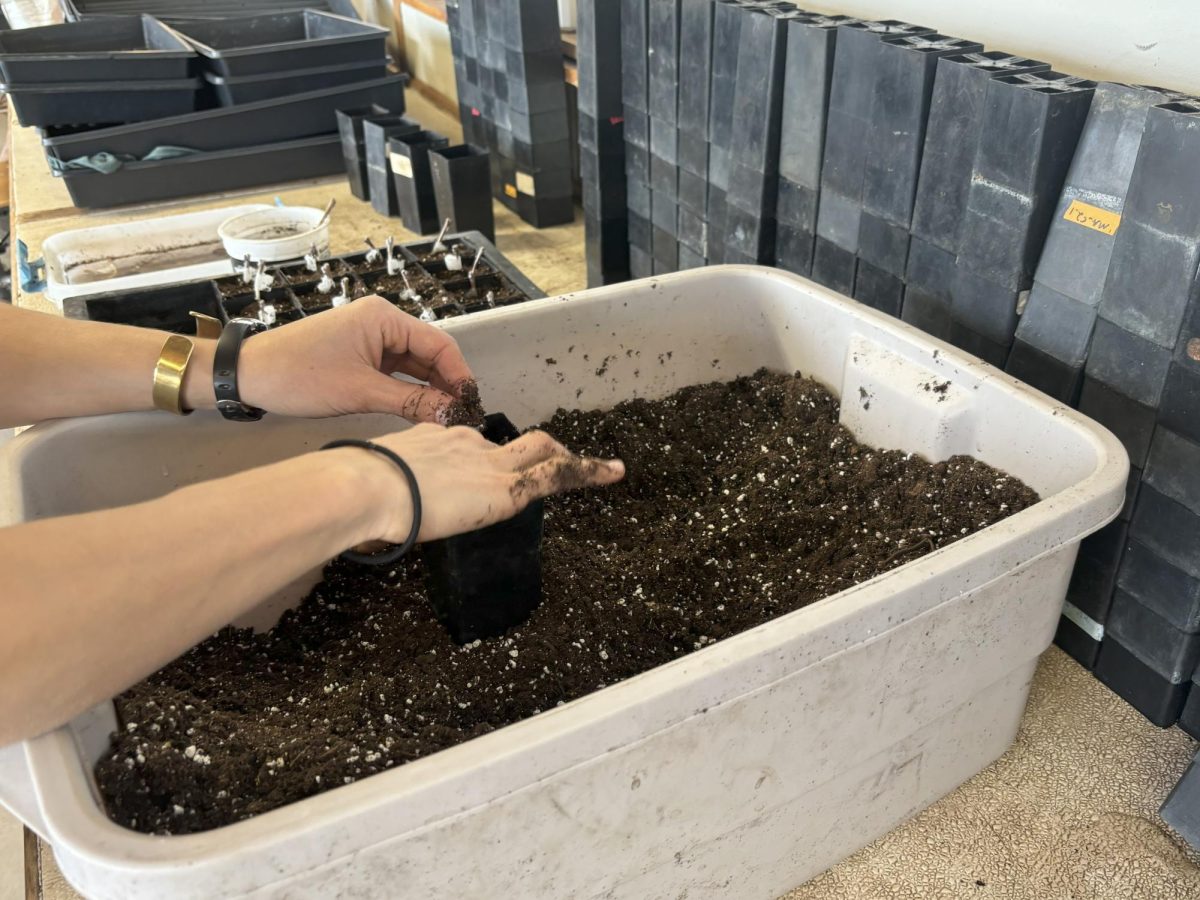
According to Clasen, future improvements include replacing inefficient lighting in the greenhouses with energy-saving LEDs and continuing to update the climate control system throughout the facilities.
Clasen said the inherent positivity of those involved in horticulture is a big contributor to a positive working environment.
“Plant people are usually happy people,” Clasen said. “When you’re walking around this facility, there’s a lot of engagement, there’s a lot of optimism and there’s a lot of smiles. The work that’s done here is to improve our environment, it’s to improve nutrition for people, that really creates a positive learning environment.”




